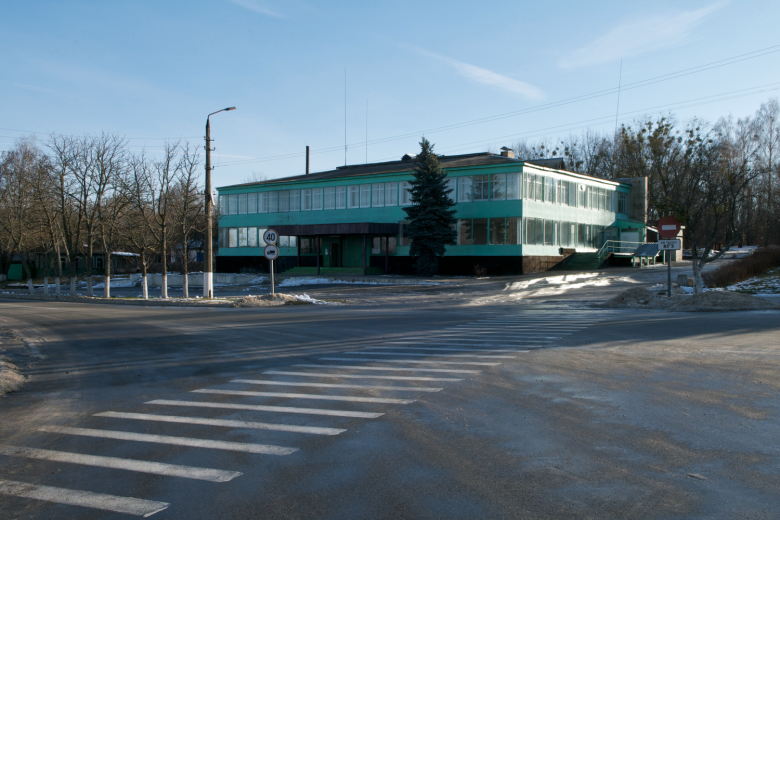-
A guided tour through disaster
Chernobyl. Ukraine.
Travelling to Chernobyl might not be to everyone’s taste but demand has increased since the Ukrainian government decided to regulate access to the area a few years ago. Each day a small number of daily guided tours occur where people are allowed to enter within the 30 km exclusion zone to witness the desolation of a landscape affected by the nuclear disaster of 1986. Most itineraries include a stop less than 150 meters away from Reactor Number 4, where the accident began, before moving on to visit the city of Pripyat, once home to the workers and their families and now perhaps the most haunting reminder of the effects on humanity when a nuclear disaster strikes.A trip to Chernobyl is regarded by some as ‘dark tourism’, a term that has been developed though academic studies which have analysed why people travel to areas associated with human tragedy. Why do we feel attracted by places like Chernobyl? For some it might be the historical relevance or the aesthetics of a place slowly shaped by time or reclaimed by nature, whilst for others its simple a chance to explore the unknown or the inaccessible. Other theories defend that this new genre of travel is a consequence of the commercialisation of death within our modern society.
-
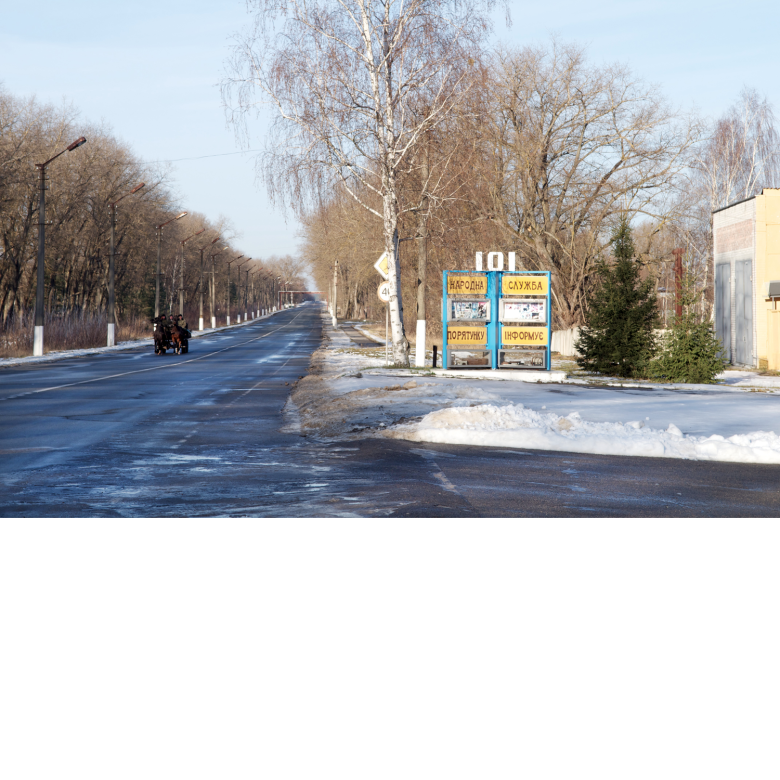
-
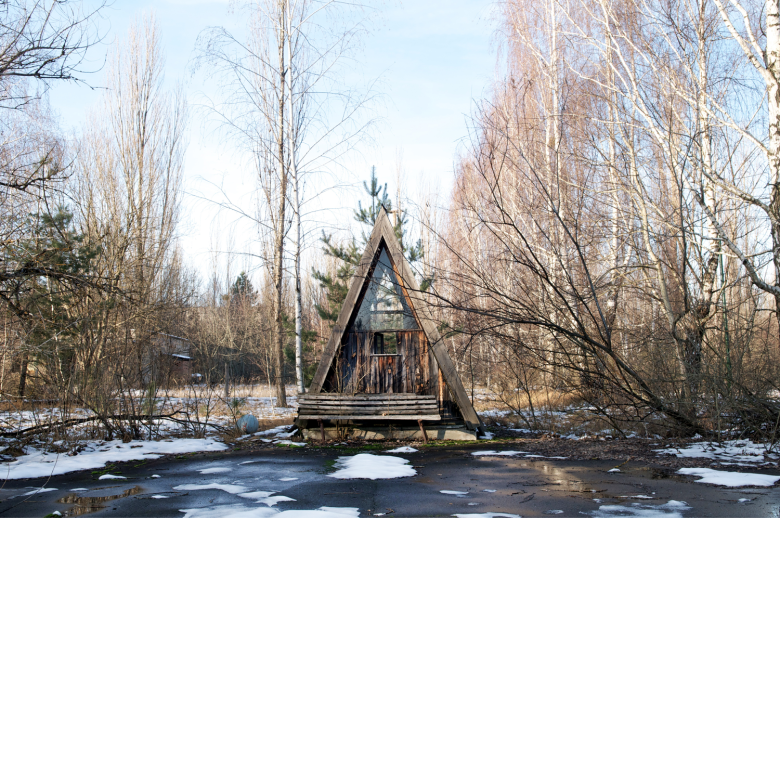
-
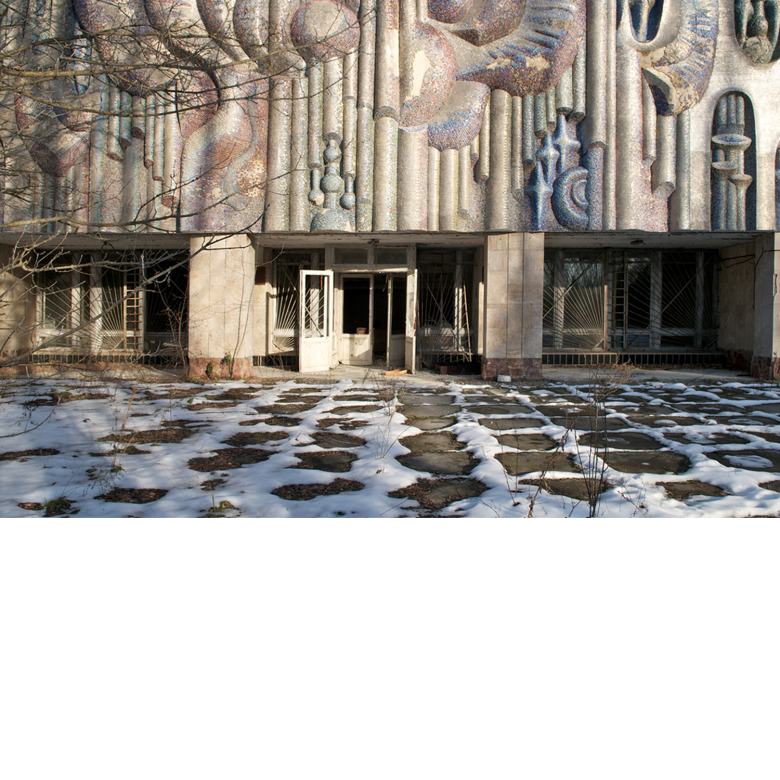
-
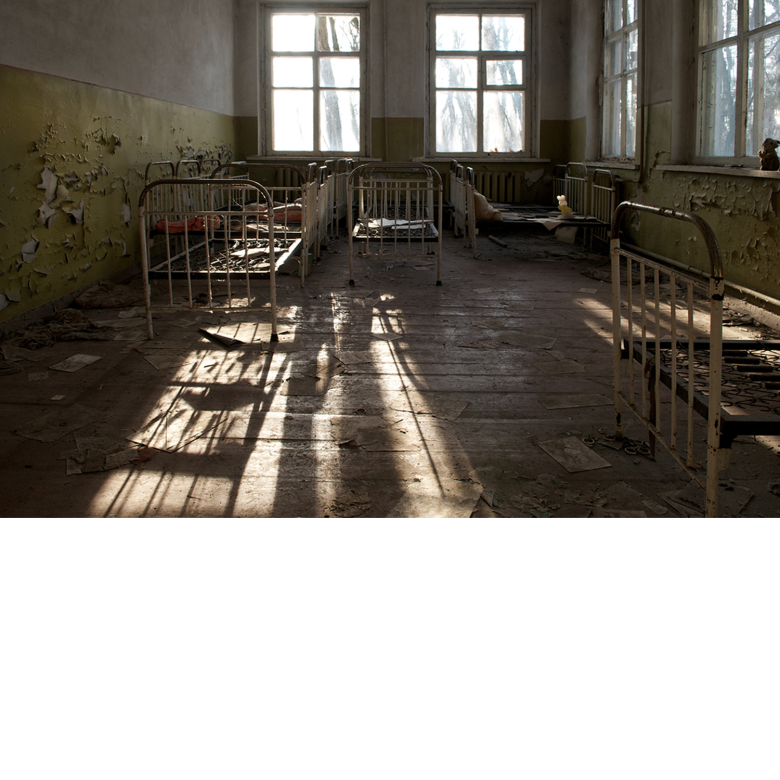
-
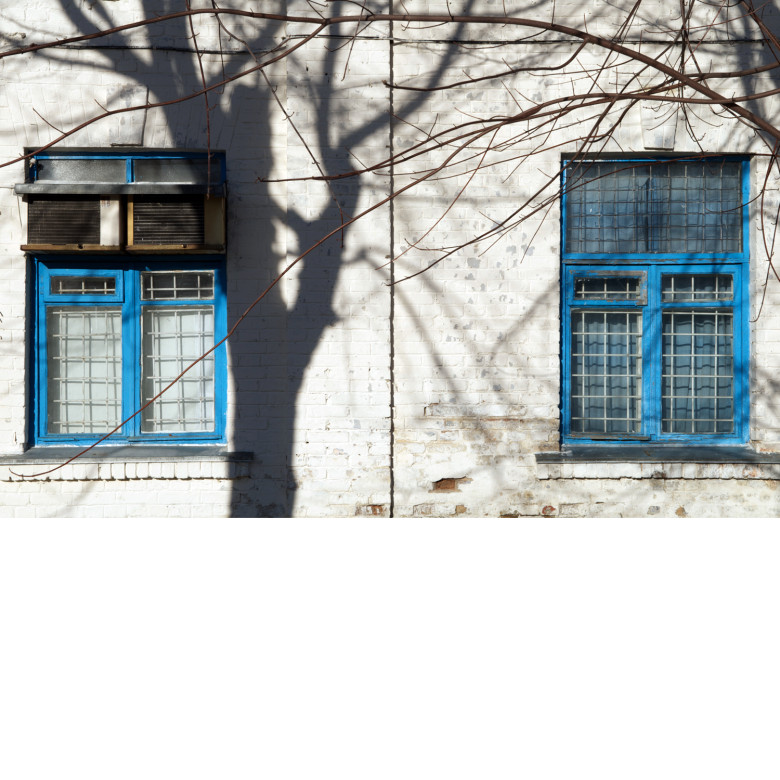
-
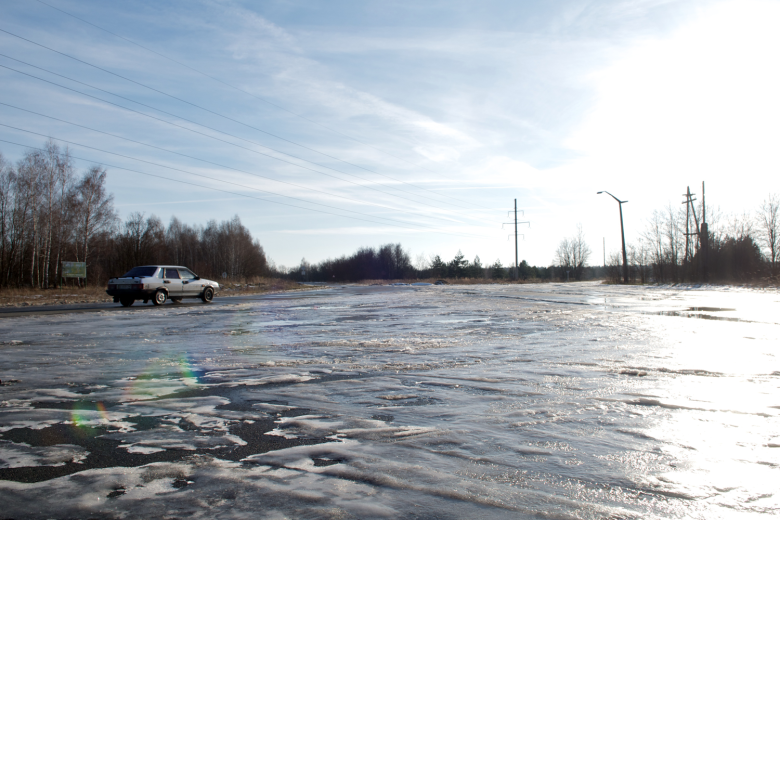
-
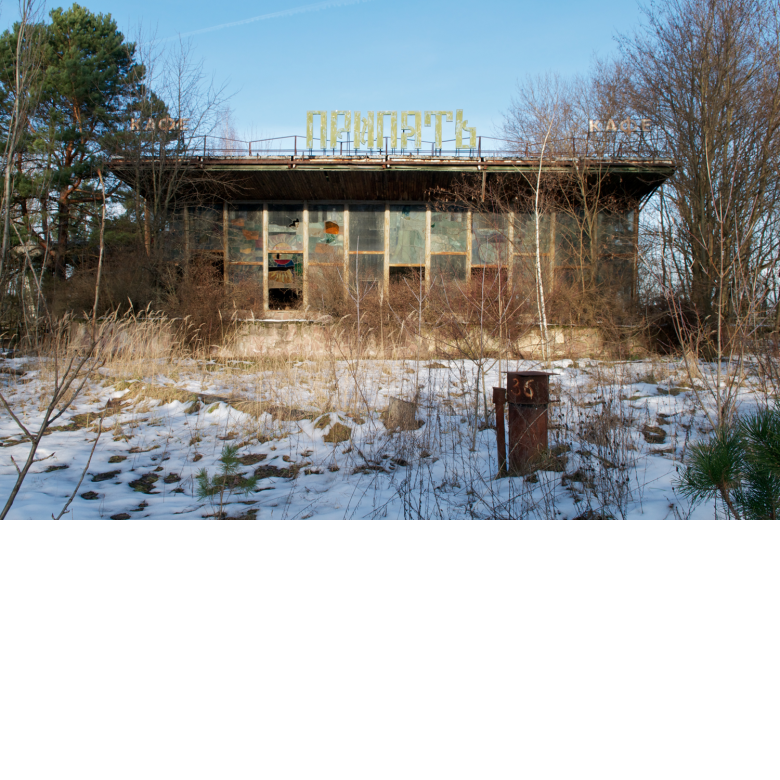
-
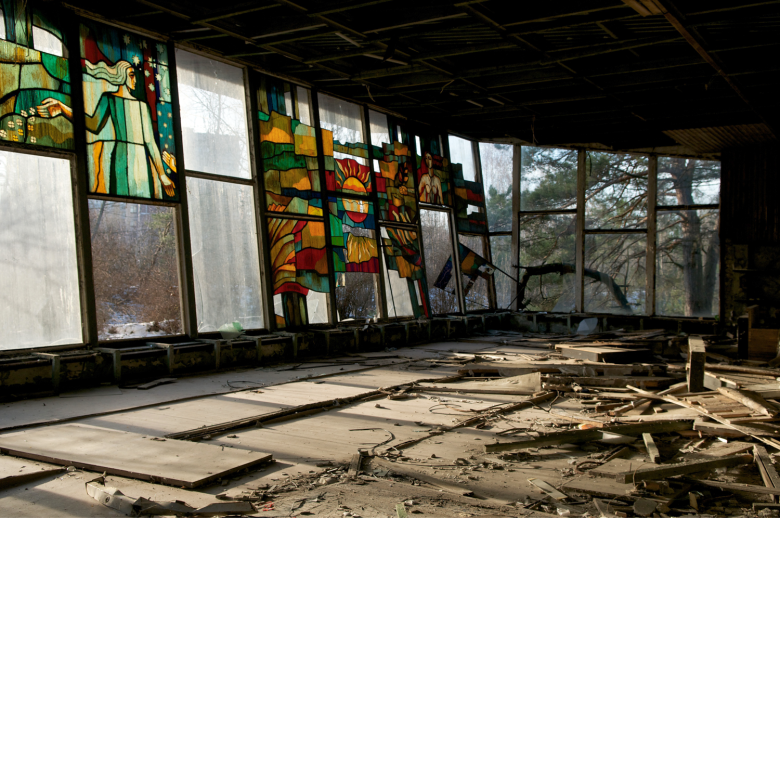
-
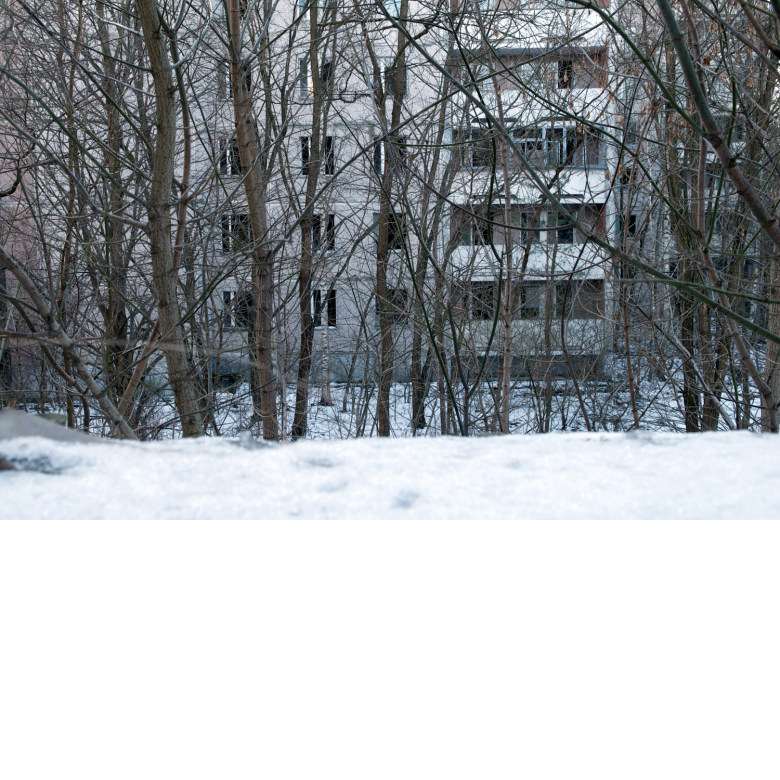
-
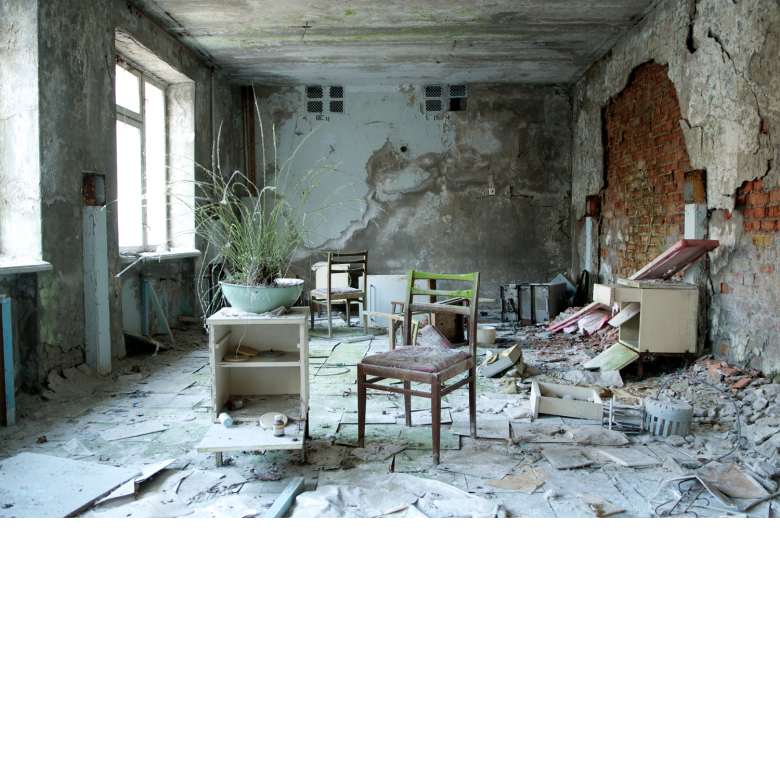
-
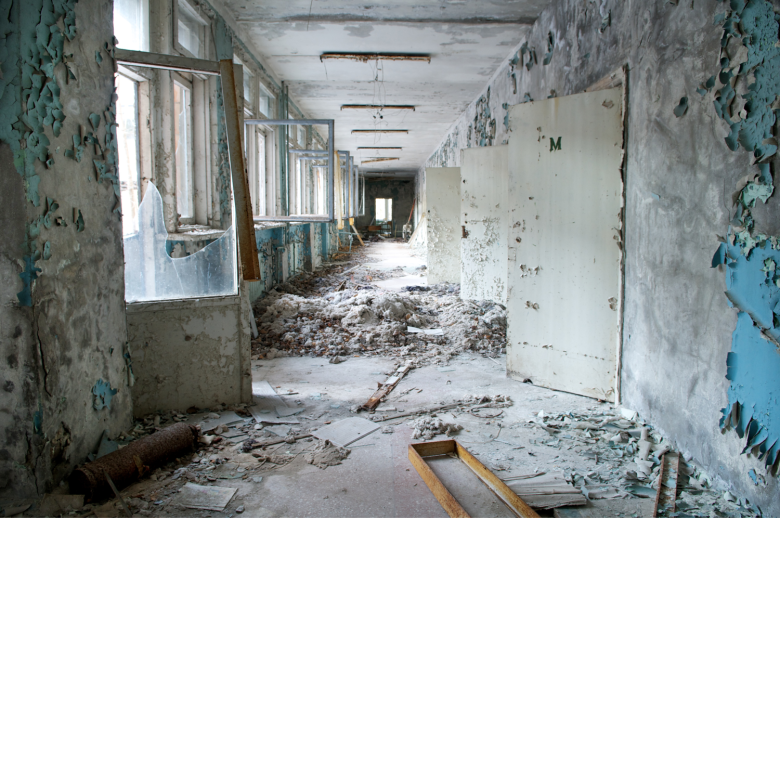
-
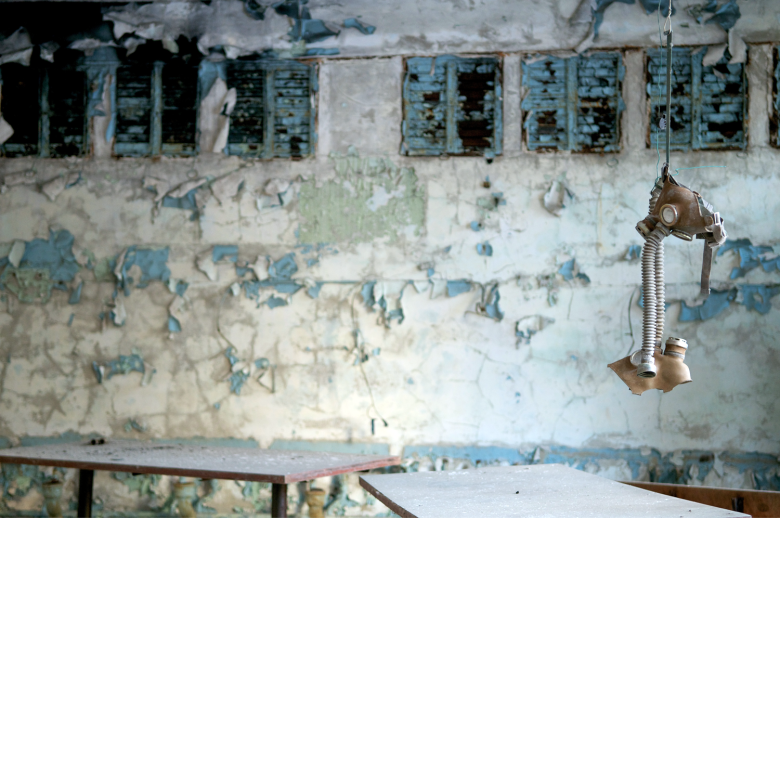
-
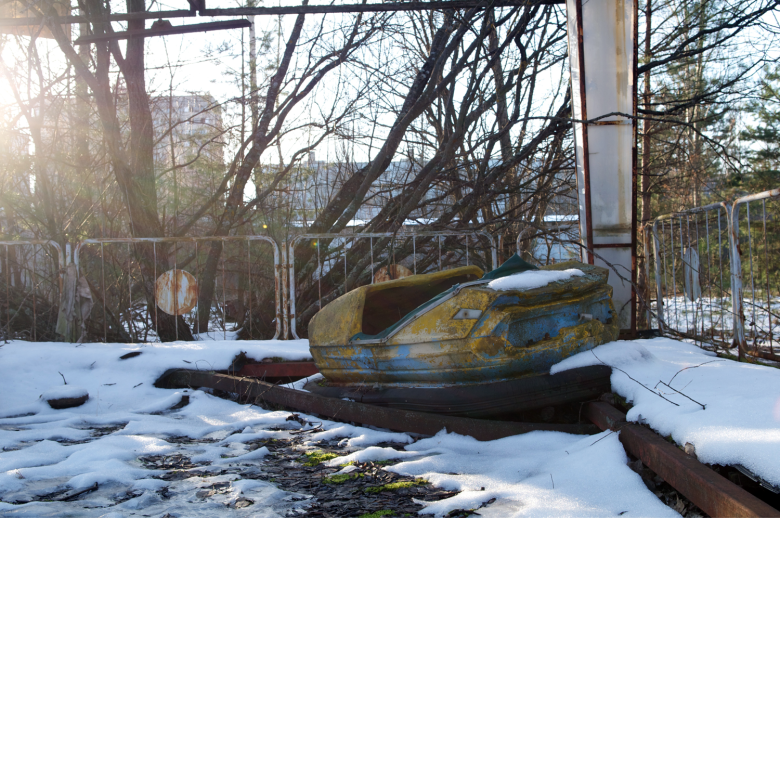
-
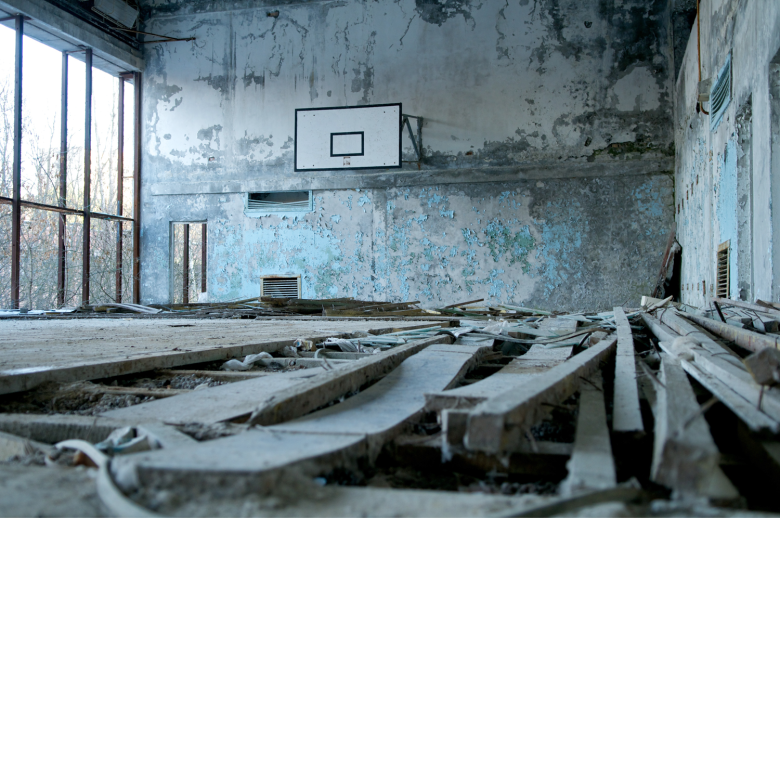
-

-
